Synead (sɪniæd)
Geography
Synead is a desert nation that encompasses two unique biomes: the desert and the savanna. The Nurabara Desert is a vast expanse of sandy dunes and rocky outcroppings that stretches for miles. During the day, temperatures can climb to an unbearable 50°C, and the sand surface can reach an astonishing 90°C. The atmosphere at night can drop by over 20°C, resulting in a harsh and fluctuating climate. The desert is rich in minerals, but organic material is scarce, and the annual rainfall is less than 5 cm. The savanna, on the other hand, has a more moderate temperature range of 24 to 29 degrees Celsius, with yearly rainfall ranging from 10 to 40 centimeters. The grasslands are characterized by a dense thicket of plants, punctuated by isolated trees and small groves of trees and bushes.
Ecosystem
The desert environment of Synead is notoriously dry, with little precipitation. Rainfall for most years is less than 50mm, and sometimes none falls at all. Water scarcity is the main ecological factor that affects plant and animal life in the Nurabara Desert. The lack of rainfall and its unpredictability throughout the year makes living in the desert extremely challenging. The ecosystem has adapted to this hostile environment through highly effective survival strategies.
The desert vegetation in Synead comprises annual, ephemeral, and perennial species. Annual plants have a life cycle of less than a year and are deciduous plants in the desert's arid areas. Perennial plants, on the other hand, are able to live in dry conditions by minimizing water loss during the hottest times of the year. These plants are typically xerophytic, with a waxy layer on their leaves and closed stomata that limit transpiration and evaporation. Perennial plants in the desert develop slowly, but they live a long time to compensate for the regenerative challenges posed by the harsh environment.
Several desert animals "aestivate" or restrict their activity by hiding behind rocks or underground during the summer or exceptionally long dry seasons. Some reptiles and desert snails, for instance, become aestivating animals that come to life only after rains, while butterflies, beetles, and desert cockroaches adapt their life cycles to wet seasons, with larvae emerging only when there is more food available after the rains. During the day, there is less activity, especially during the hottest hours of the day, when all creatures seek safety in the shade. Large animals, including ungulate mammals, predators, birds, and flying insects, migrate away or to more hospitable locations. Sand-grouses, for example, migrate every day to drink in oases or anywhere they may find water. Even brackish water is not a problem for these birds.
Localized Phenomena
In Synead, the winds have a mysterious and unpredictable nature. The Incorporeal Wind is a prime example of the strangeness that plagues the desert. This wind not only passes through physical objects and barriers but can also pass through clothes and armor, nullifying their benefits against the elements. The only defense against this wind is force effects, making it a challenge for those unprepared for its effects. It is said that the Incorporeal Wind is an omen of change and that those who encounter it must be ready to adapt quickly to the new challenges it brings.
Fauna & Flora
Dominant animals include: predators such as phang'ul, urryn-ast, skalve, mountain lions, gray foxes, and bobcats; herbivores such as mule deer, pronghorn antelope, desert sheep, and kangaroo rats; bats; birds such as owls, hawks, and roadrunners; insects such as ants, beetles, butterflies, flies, and wasps; reptiles such as tortoises, rattlesnakes, and lizards
Dominant plants include: Cacti, aloe plants, sagebrush
Dominant animals include: predators such as vargon; hyenas and jackals; aardvarks; herbivores such as loqui; antelopes; baboons; birds such as eagles, ostriches, weaver birds, and storks; insects such as termites.
Dominant plants include: tall, perennial grasses; sometimes drought-tolerant and fire-resistant trees or shrubs; wildflowers

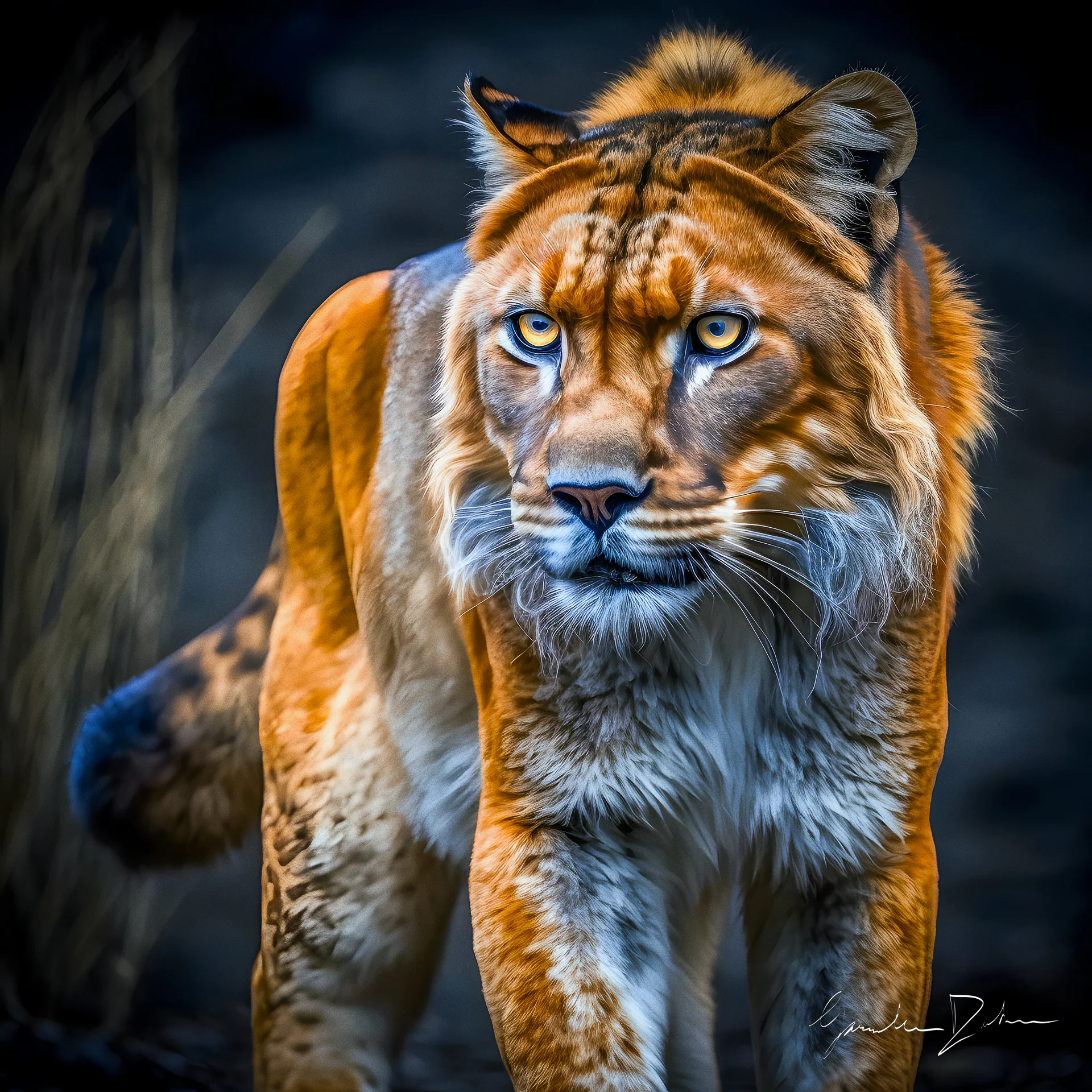
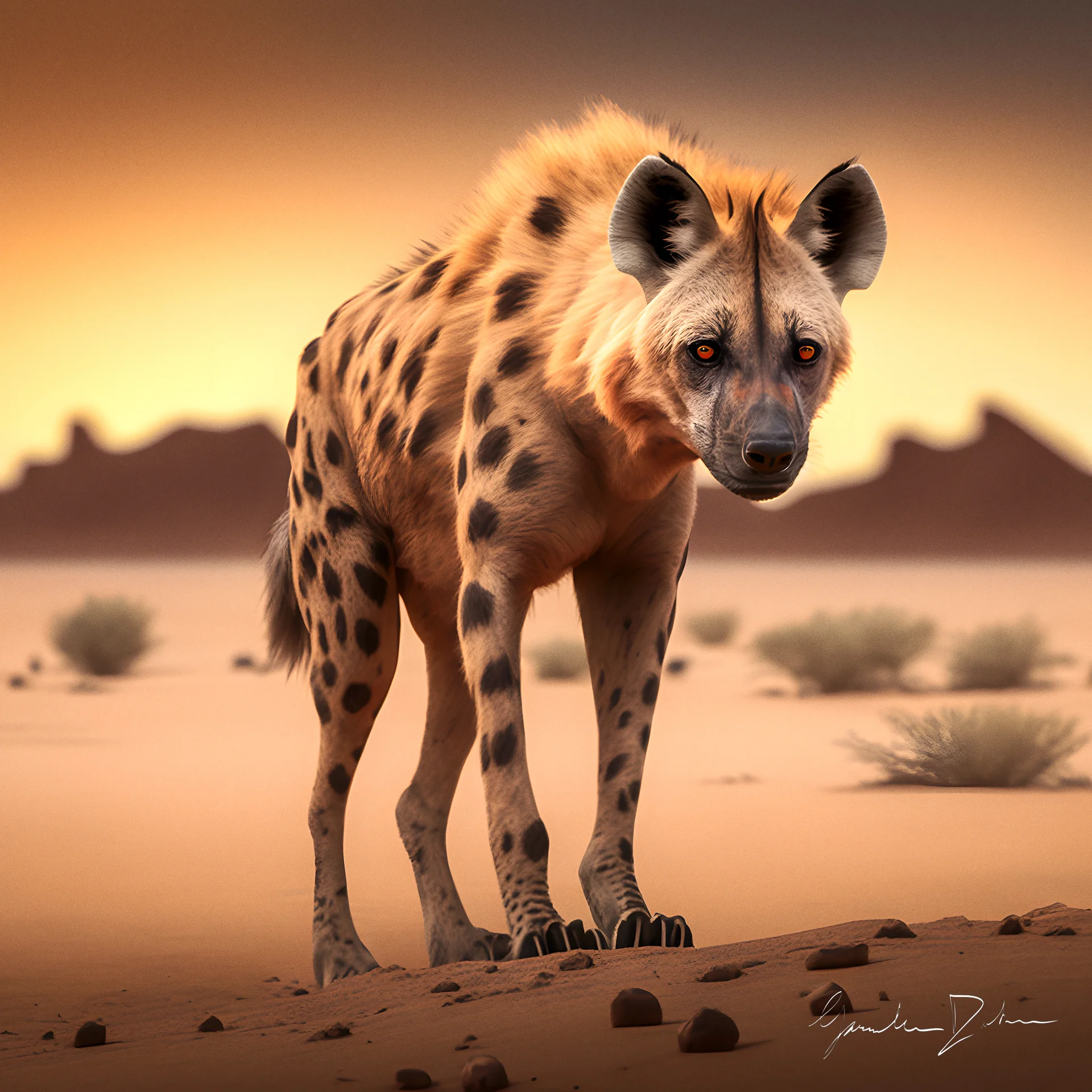
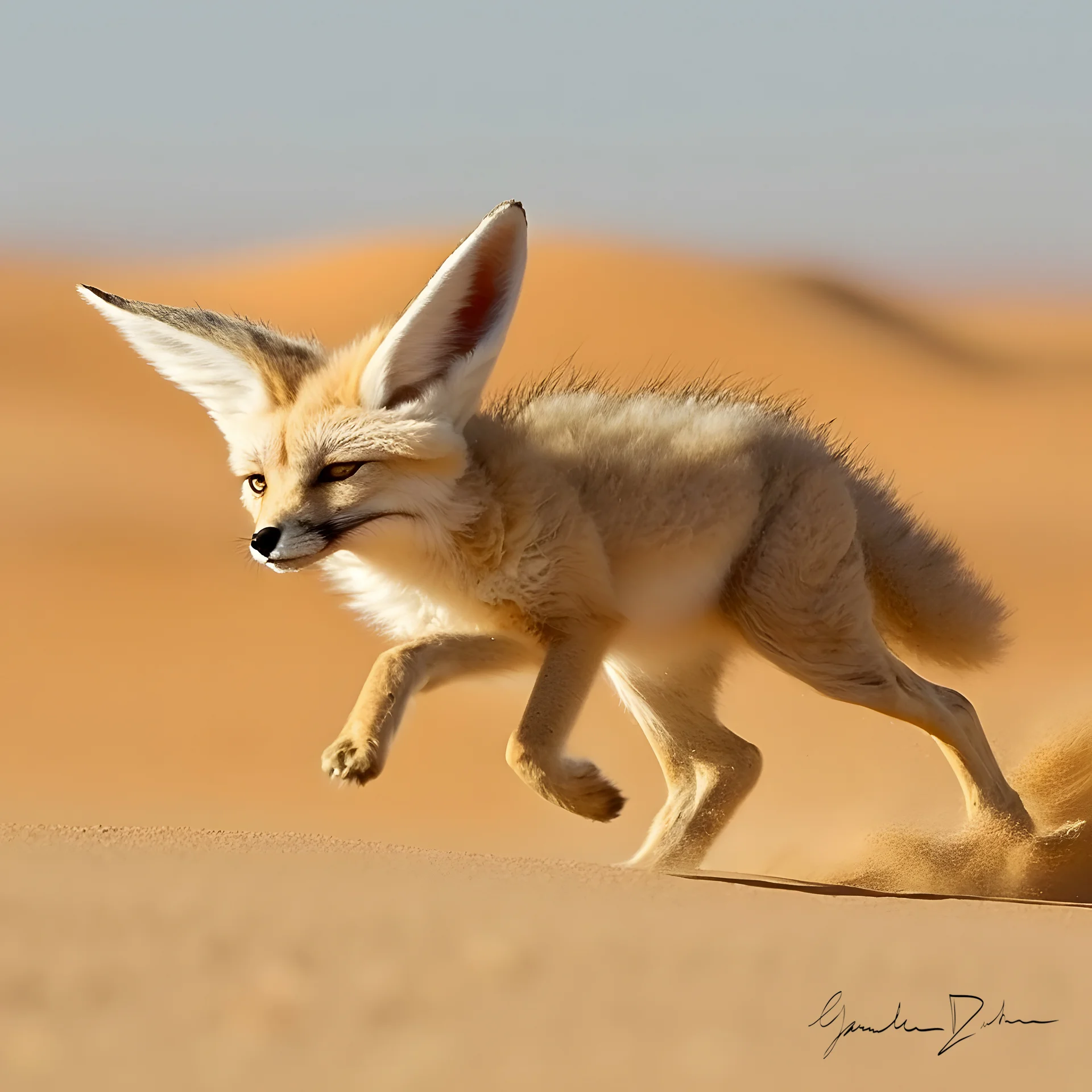
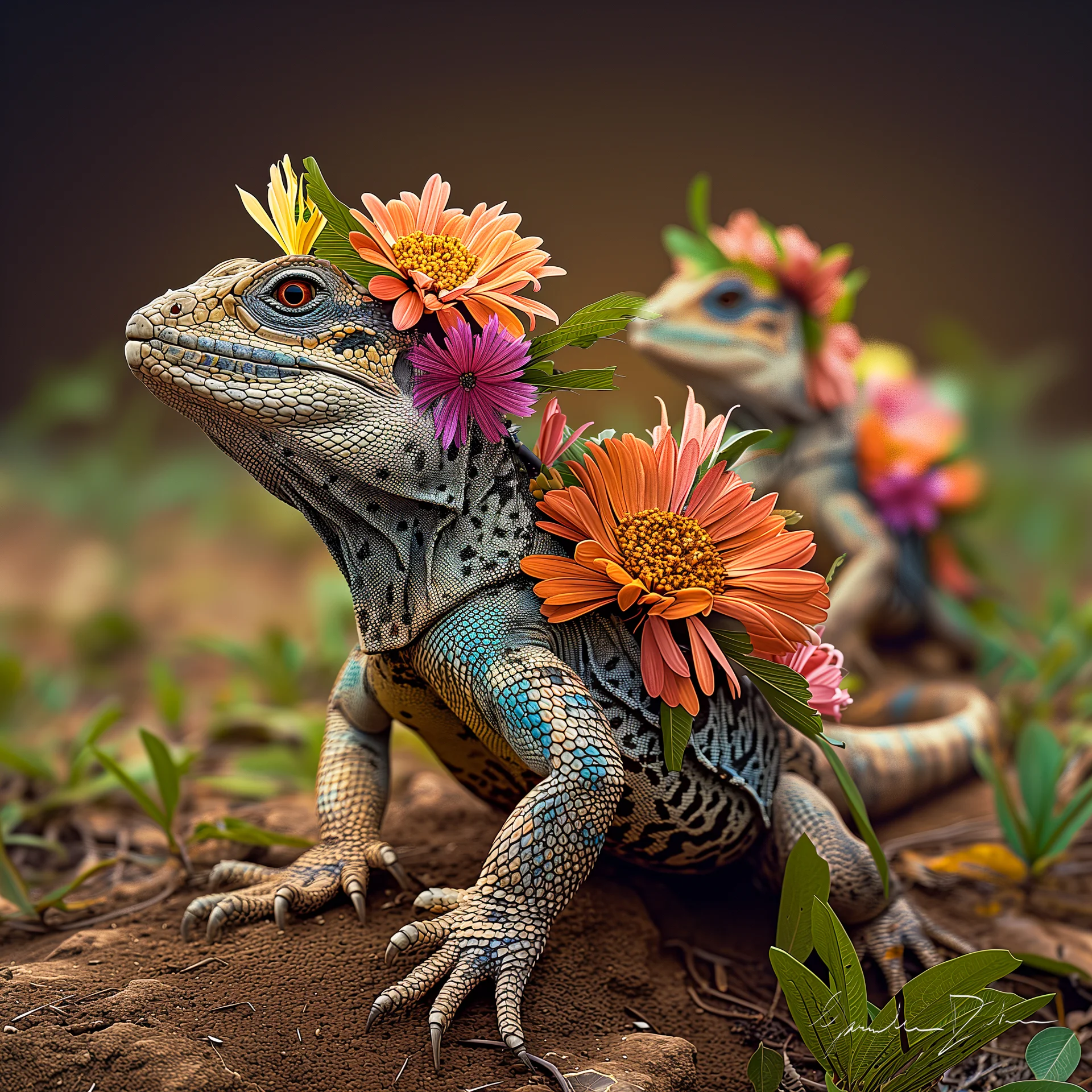
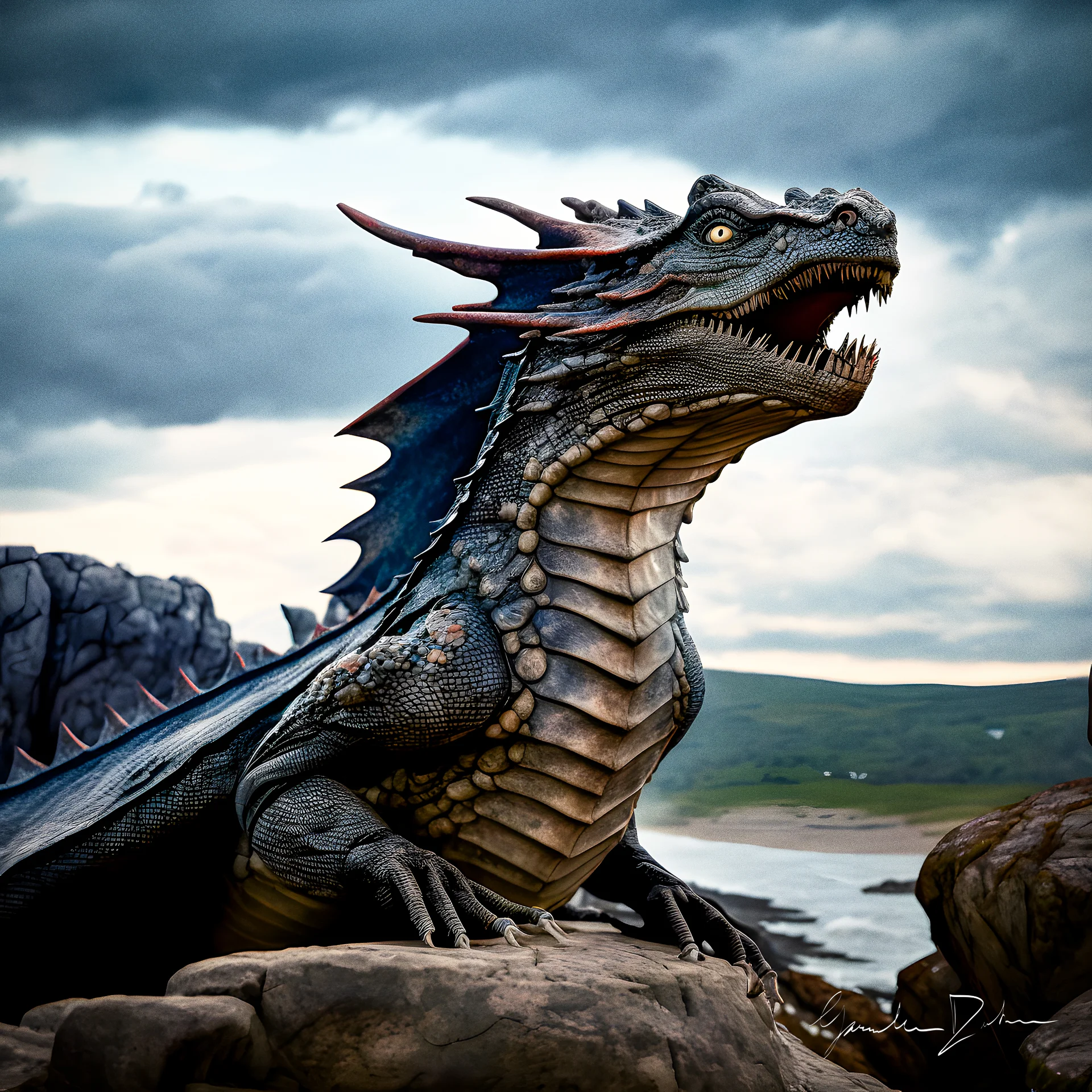

Natural Resources
- The desert's mineral resources are commercially exploited. Quarried red porphyry is commonly used to embellish public buildings and aristocratic residences. Gold, quartz, and granite deposits abound, and the Nurabara is Eivrall's most prominent diamond producer.
- Oil is one of the Nurabara Desert's key economic resources, with the richest oilfield being found near the Nipadows Gulf.
- In the savannah regions, cereals (such as oat and maize), dates, olives, and vegetables are farmed.
- Goats, sheep, horses, and cattle are among the animals used for breeding.
- The baobab is used for a variety of reasons, including as a medication to treat a variety of ailments and as a light wood for music instruments and pirogues. Its fruits are edible uncooked or in drinks, and its roots are consumed like asparagus.
History
The Nurabara Desert, once a thriving region with enormous lakes and rivers, is now one of Eivrall's most hostile environments. Paleontologists believe that the beginnings of the desert can be traced back to the Lost Time when the sea repeatedly drowned the region and deposited sediments, creating an ever-changing landscape of forests, savannahs, and marshlands. Trees such as oaks, cypresses, olive trees, and certain pines thrived in the area, leaving behind fossilized shells and trunks that have turned to stone following a long silicification process. Ancient wall murals and graffito depicting typical savannah animals serve as a testament to the region's rich history. Over time, the land emerged for the last time and began to dry out, creating the harsh and barren desert that exists today.
Tourism
Despite the harsh and unforgiving environment, the tranquility and vastness of the desert still entice many visitors from all over the world. To accommodate tourists, camps have been built throughout the desert, offering a base for guided tours and a chance to experience the stark beauty of the Nurabara. A popular attraction for visitors is the annual motorbike race that spans a 10,000-kilometer track from the border of Linve to the gulf. The true test of the race takes place on the treacherous sand dunes, which attract thrill-seekers from all over the world. However, these dunes come with hidden perils that challenge even the most experienced riders. Despite the risks, the race remains a popular draw for visitors seeking an unforgettable adventure
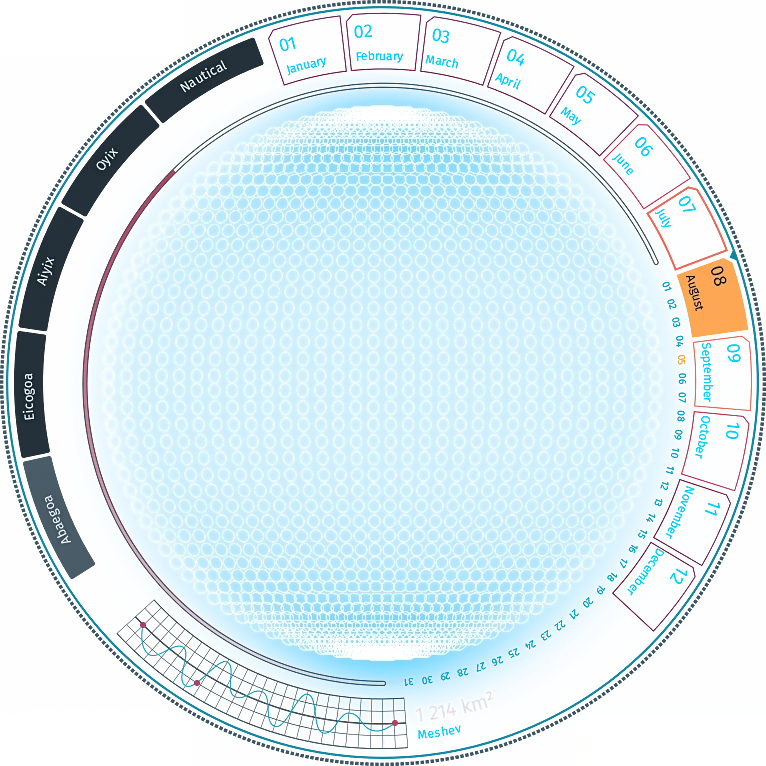
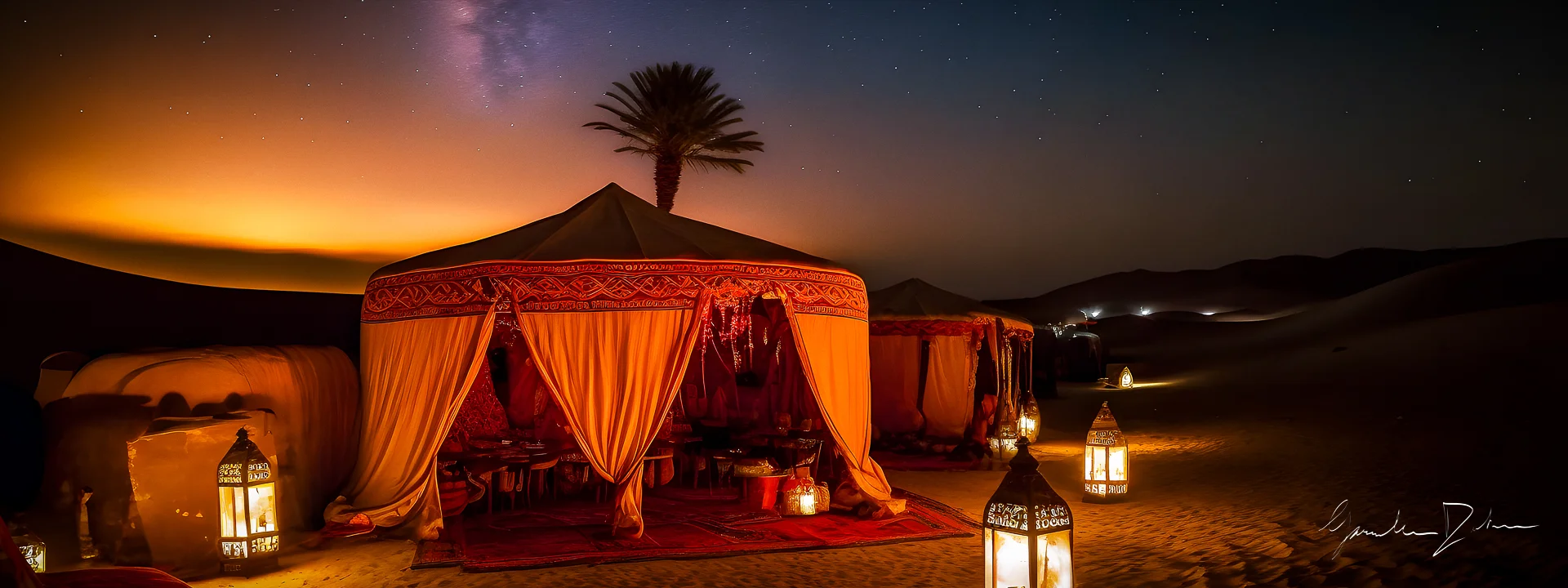
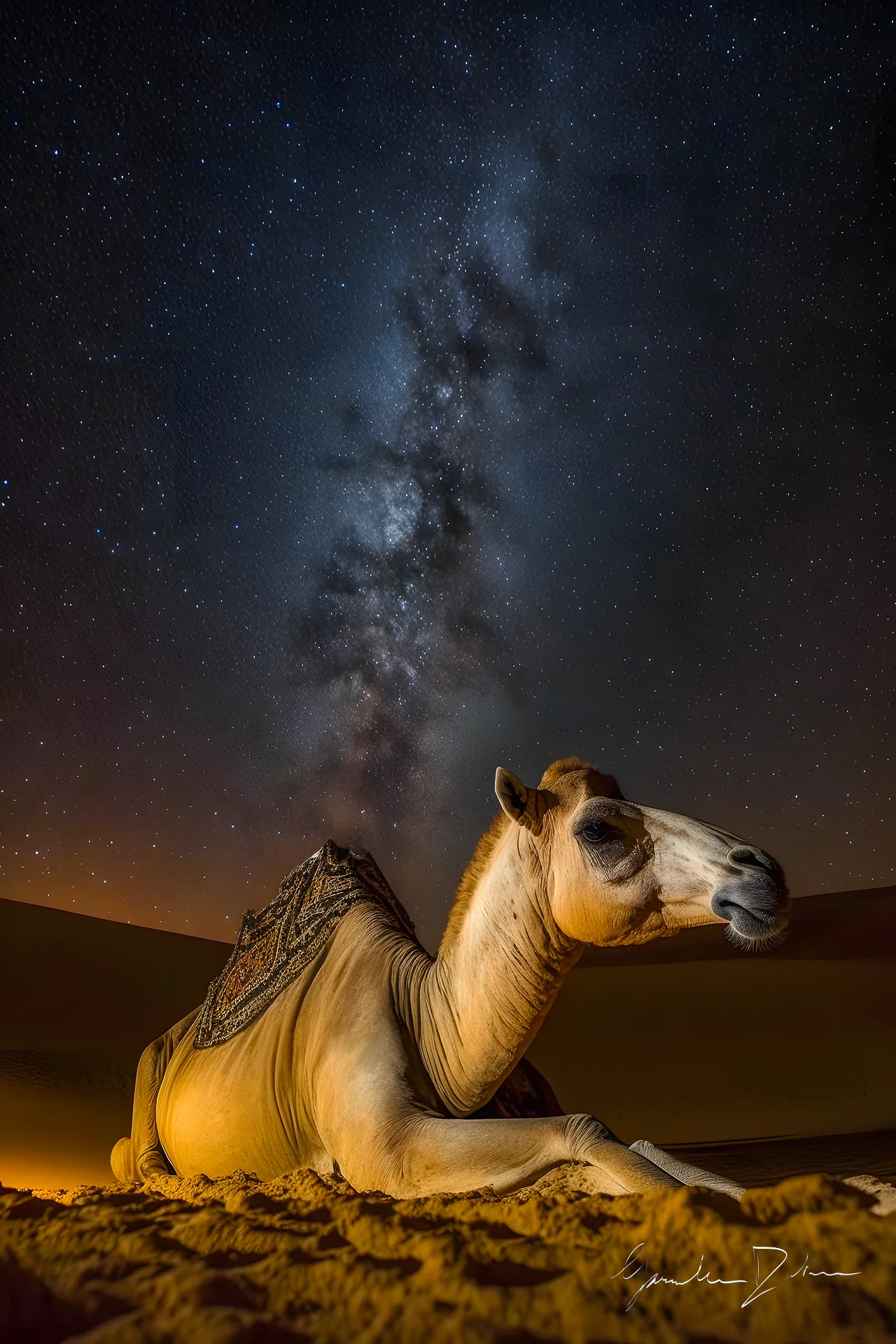
Comments